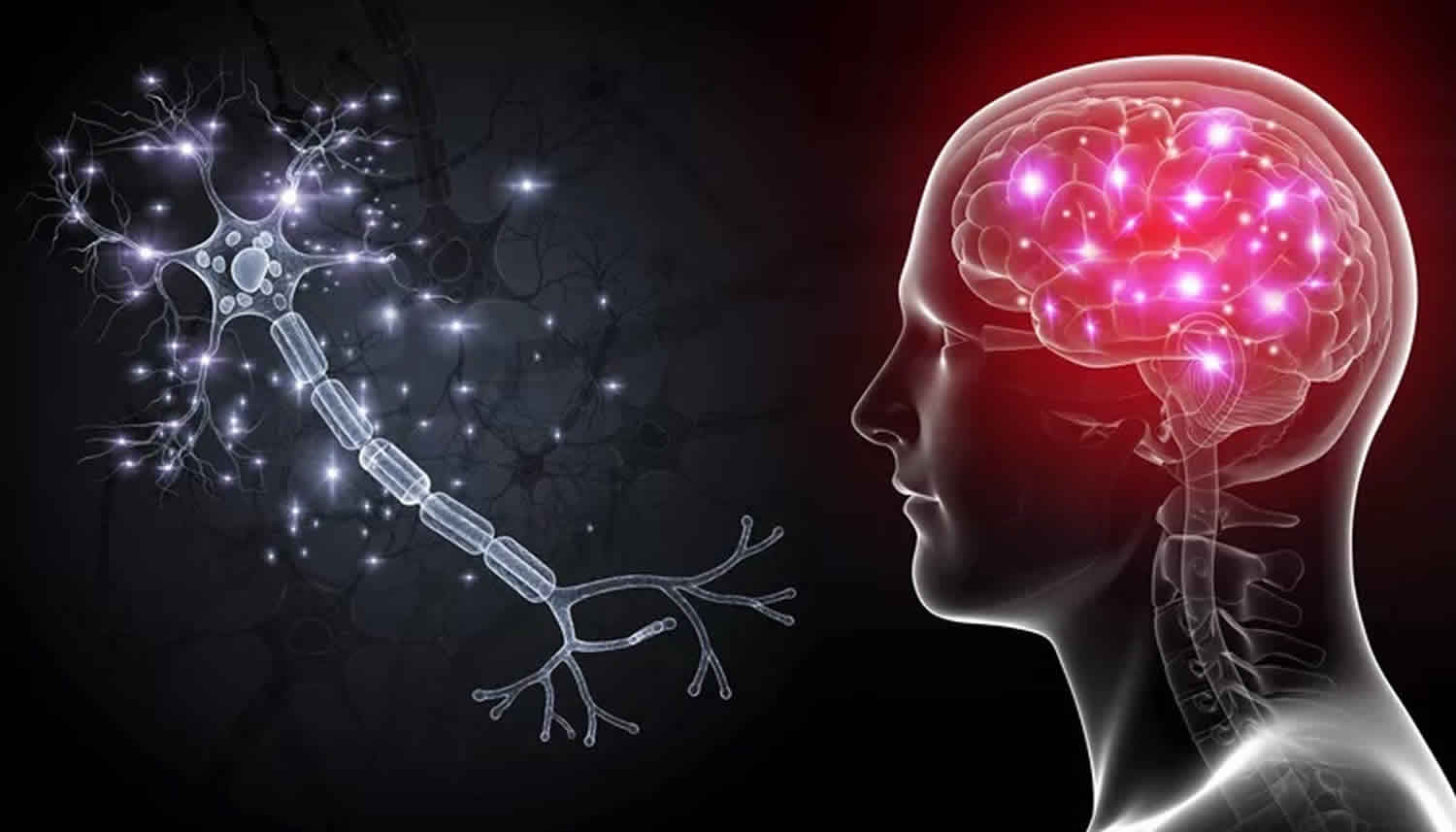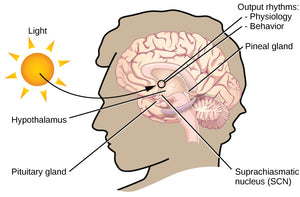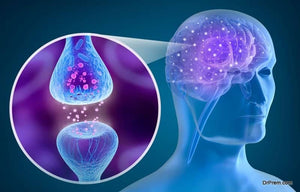The Adaptive Brain: Plasticity and Functional Recovery of the brain
The human brain is a remarkable organ capable of adapting and changing based on our experiences. This ability to change, known as brain plasticity, plays a crucial role in brain development and behaviour.
In the past, it was believed that the brain only underwent significant changes during infancy and childhood. However, recent research has revealed that the brain continues to create new neural pathways and modify existing ones throughout our lives, allowing us to adapt to new experiences and learn.
Additionally, the brain exhibits evidence of functional recovery, where it shifts functions from damaged areas to undamaged regions after trauma. In this section, we will explore the concept of brain plasticity and how the brain recovers and adapts following injuries.
Plasticity: In recent years, scientists have discovered that various experiences can impact the structure and function of neurons in the brain. Life experiences, playing video games, and even practicing meditation have been shown to influence neuronal connections and brain function.

Life Experience
As individuals gain new experiences, nerve pathways that are frequently used develop stronger connections, while those that are rarely used may eventually wither away. This constant adaptation allows the brain to respond to a changing environment.
However, it is important to note that cognitive decline with age is a natural process that can be attributed to changes in the brain. Researchers are exploring ways to create new connections in order to reverse this effect. For instance, a study by Boyke et al. (2008) found that 60-year-olds who learned a new skill, like juggling, showed an increase in grey matter in the visual cortex. However, these changes were reversed when they stopped practicing.
Playing Video Games
Engaging in video games involves complex cognitive and motor demands. Research by Kühn et al. (2014) compared a group of individuals who played the video game Super Mario for at least 30 minutes per day with a control group. The study found a significant increase in grey matter in various brain areas, including the cortex, hippocampus, and cerebellum, in the video game training group. This increase was not observed in the control group. The researchers concluded that video game training led to the formation of new synaptic connections in brain areas involved in spatial navigation, strategic planning, working memory, and motor performance.
Meditation
Studies with Tibetan monks have demonstrated that meditation can impact the inner workings of the brain. Davidson et al. (2004) compared experienced Tibetan meditators with individuals who had no prior meditation experience. Both groups were asked to meditate for short periods while their brain activity was measured. The study found that the monks exhibited significantly greater activation of gamma waves, which are crucial for coordinating neuron activity, compared to the control group. This suggests that meditation can not only produce short-term changes in brain function but may also lead to permanent changes.
Functional Recovery after Trauma
When brain cells are damaged or destroyed, as in the case of stroke, the brain has the remarkable ability to rewire itself over time. This rewiring allows the brain to regain some level of functioning even if parts of it have been damaged or destroyed. Neurons near the damaged area can form new connections and take over the functions that were lost.
Mechanisms for Recovery
Functional recovery after trauma occurs through the brain's plasticity, which enables structural and functional changes. Two mechanisms involved in this recovery process are neuronal unmasking and the role of stem cells.
Neuronal Unmasking
"Dormant synapses" are synaptic connections that exist anatomically but are not activated under normal conditions. However, when surrounding brain areas become damaged, the rate of input to these synapses increases, unmasking them. This unmasking allows connections to be made to regions of the brain that were previously inactive, leading to the development of new neural structures.
Stem Cells
Stem cells are unspecialized cells that have the potential to develop into different types of cells, including nerve cells. These cells play a significant role in recovery from brain injuries. Stem cells can replace dead or dying cells directly, secrete growth factors that support injured cells, or form neural networks connecting uninjured brain regions with damaged areas.
Evaluation of Plasticity
Support from Animal Studies: Studies conducted on rats housed in enriched environments have shown an increased number of new neurons in the hippocampus, a brain region associated with memory formation and spatial navigation. This demonstrates the brain's ability to change through experiences.
Support from Human Studies: Research on London taxi drivers by Maguire et al. (2000) revealed changes in their brains as a result of extensive spatial navigation experience. The posterior hippocampi of taxi drivers were larger than those of control participants, and the size was positively correlated with the duration of their taxi driving career. This demonstrates that brain structures can be modified based on job-related experiences.
Evaluation of Functional Recovery after Trauma
Support from Animal Studies: Tajiri et al. (2013) conducted a study on rats with traumatic brain injury. They found that stem cell transplants led to the development of new neuron-like cells in the injured area of the brain. This development was not observed in the control group, supporting the role of stem cells in brain injury recovery.
Age Differences in Functional Recovery: It is commonly believed that plasticity decreases with age. However, studies have shown that even in adulthood, intense retraining can modify abilities thought to be fixed during childhood. While the capacity for neural reorganization is greater in children, adults can still produce changes through extended practice.
Educational Attainment and Functional Recovery: Research by Schneider et al. (2014) found that patients with a higher level of education were more likely to achieve disability-free recovery after traumatic brain injury. This suggests that greater educational attainment and cognitive reserve play a significant role in neural adaptation during recovery.
Conclusion
The adaptive nature of the human brain is truly remarkable. Brain plasticity allows us to learn, adapt, and recover from trauma. Life experiences, video games, and meditation can shape the structure and function of the brain.
Furthermore, the brain exhibits the ability to recover and compensate for damage, thanks to mechanisms such as neuronal unmasking and the role of stem cells. Understanding brain plasticity and functional recovery provides valuable insights into the potential for growth and adaptation throughout our lives.
Now that you've learned about brain plasticity and functional recovery, put your knowledge to the test! Take our quiz to deepen your understanding and discover more about the incredible adaptive capabilities of the brain.




